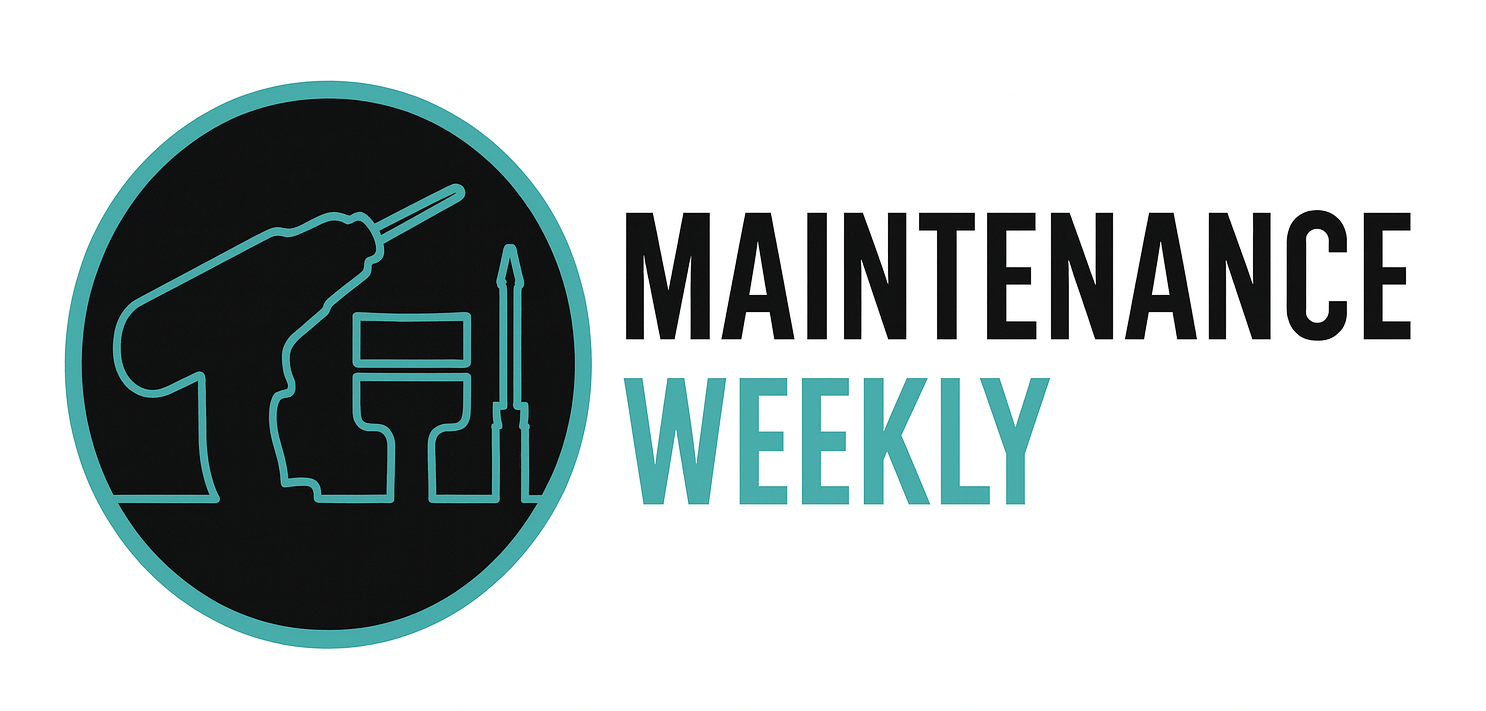Rotating Equipment Technician – Career Overview
A Rotating Equipment Technician is responsible for the maintenance, repair, and troubleshooting of rotating equipment, including motors, pumps, turbines, compressors, and other machinery that uses rotational movement to perform mechanical work. This role is critical in industries such as oil and gas, power generation, and manufacturing, where the reliable operation of rotating equipment is essential to maintaining production and minimizing downtime.
Rotating Equipment Technicians are responsible for:
● Maintaining, repairing, and overhauling rotating equipment, including motors, pumps, compressors, and turbines, to ensure they operate at optimal efficiency.
● Troubleshooting mechanical and electrical issues in rotating equipment, diagnosing faults in components like bearings, seals, shafts, and gears.
● Performing preventive maintenance, including inspections, lubrication, alignment, and part replacements, to avoid unplanned failures and extend equipment life.
● Reading and interpreting technical manuals and schematics to understand system setups and ensure proper maintenance procedures are followed.
● Calibrating and balancing rotating equipment to ensure smooth operation, proper speed, and minimal vibration, thus improving efficiency and longevity.
● Monitoring equipment performance, using vibration analysis, temperature sensors, and other diagnostic tools to identify potential problems.
● Collaborating with engineers and other technicians to plan and schedule repairs, maintenance tasks, and system upgrades.
● Ensuring compliance with safety standards, such as OSHA and EPA regulations, to prevent accidents and maintain safe working environments.
● Documenting maintenance activities, including repairs, inspections, and parts used, to maintain accurate records for audits and compliance.
A successful Rotating Equipment Technician should be:
● Proficient in rotating equipment systems, with a deep understanding of motors, pumps, turbines, and compressors.
● Skilled in troubleshooting and diagnostics, able to quickly identify and resolve issues to prevent downtime.
● Experienced in preventive maintenance practices, ensuring that equipment remains operational and efficient.
● Knowledgeable about vibration analysis, balancing techniques, and other diagnostic tools used to monitor rotating equipment performance.
● Familiar with safety regulations and industry standards, ensuring compliance during all maintenance activities.
● Able to work independently and as part of a team, coordinating maintenance activities and ensuring that equipment is functioning optimally.
● Detail-oriented, ensuring that maintenance tasks are performed accurately and that all documentation is complete and up-to-date.
Most Rotating Equipment Technicians have:
● A high school diploma or GED, with additional training in mechanical systems, industrial maintenance, or rotating equipment.
● Certification in rotating equipment maintenance, such as Certified Maintenance Mechanic or vibration analysis certification, is beneficial.
● On-the-job training or apprenticeships specific to rotating equipment systems.
● Safety certifications, such as OSHA, H2S Safety, or confined space entry, are often required.
Rotating Equipment Technicians typically work in industrial plants, power generation facilities, oil and gas plants, and manufacturing environments where rotating machinery is essential. The role may require working with high-pressure equipment in potentially hazardous environments. Technicians must adhere to strict safety protocols and may work in confined spaces, on elevated platforms, or in extreme conditions.
The demand for Rotating Equipment Technicians is strong, particularly in industries such as oil and gas, power generation, and manufacturing. With experience, technicians can advance to supervisory roles, such as Lead Technician, Maintenance Supervisor, or Operations Manager. Specialization in specific types of rotating equipment or predictive maintenance technologies can further enhance career opportunities.
Source: CHATGPT
